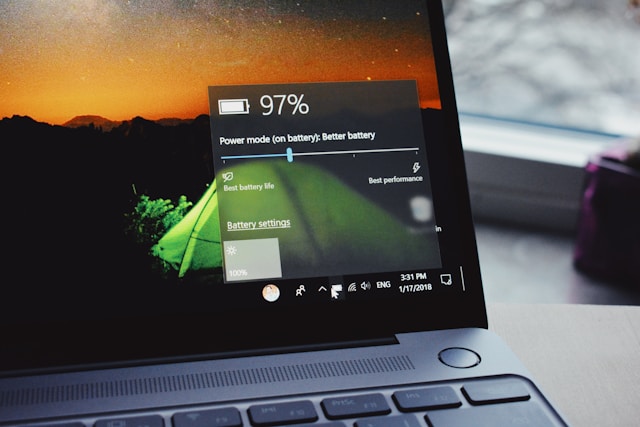Windows 11 updates, regularly sent by Microsoft, are designed to keep your system up to date and improve performance. While they are generally beneficial, long-time Windows users know that updates can sometimes cause issues.
As a result, some prefer to delay updates for a week or two to ensure there are no unexpected problems. Additionally, updates may arrive at inconvenient times, such as when you’re in the middle of a critical project.
While you can’t stop updates completely, you can pause them. There is also a method to disable updates temporarily. If you want to avoid potential bugs or delay them as long as possible, here’s how you can adjust your settings.
How to Pause Updates
- Click the Start icon and select Setting*.
- Open Windows Update.
- If there are pending updates, they’ll appear at the top of the page. You can also click Check for updates to see if any updates are available. Otherwise, it will indicate that your system is up to date.
- Below this, you’ll find a Pause updates option. On the right, there’s a button labeled Pause for 1 week.
- If you want to extend the pause, click the button again to pause updates for up to three week
- To resume updates, click the button that now reads Resume updates**.
Unlike Windows 10, which allowed pausing updates for up to 35 days, Windows 11 only offers a maximum of three weeks.
Adjust Restart Times
After installing updates, Windows often requires a restart. Since the restart could take anywhere from a few minutes to several hours, you may want to schedule it for a more convenient time.
- On the Windows Update screen, select Advanced options.
- Toggle on Notify me when a restart is required to finish updating. This way, you’ll be informed in advance and can reschedule the restart if necessary.
- Below that, click on Active hours. Use the drop-down menu next to Adjust active hours to choose Manually or Automatically. If you select Manually, you can set specific hours (e.g., between 9 a.m. and 5 p.m.) during which the system won’t restart. If you choose Automatically, the system will restart when it detects you are not actively using the computer.
How to Disable Updates
If you want to stop updates for a longer period, there’s a method that worked on Windows 10 and may still work on Windows 11. However, even with this approach, updates may eventually resume, particularly after a reboot. Nonetheless, this could provide a temporary solution.
- Press Win + R to open the Run dialog box and type in `services.msc`, then click OK.
- Scroll down to Windows Update and double-click it.
- In the Startup type drop-down menu, select Disabled.
- Click OK and restart your computer.
If you decide to re-enable updates later, you can follow the same steps and select either **Manual** or **Automatic**. (Most Windows systems are set to **Manual**, meaning updates are triggered by specific events rather than happening automatically after a reboot.)
